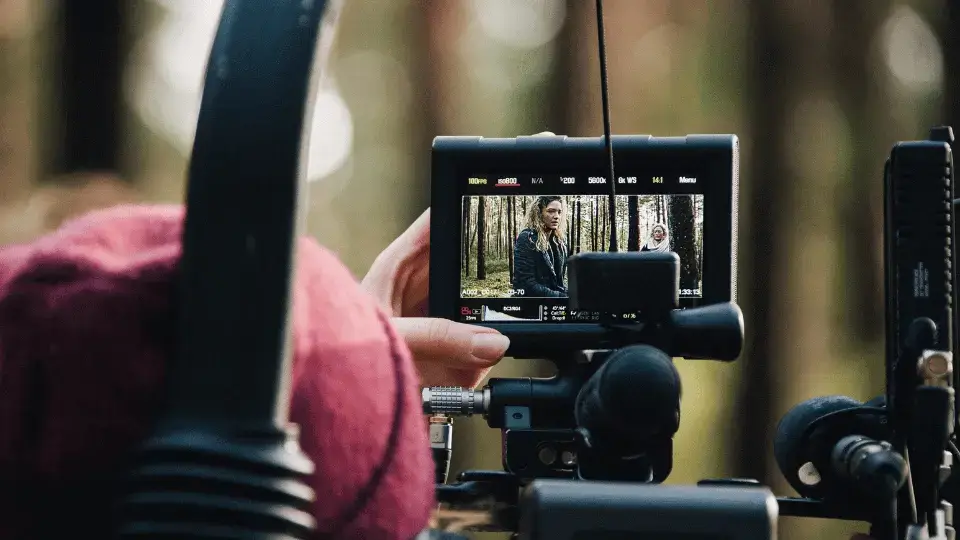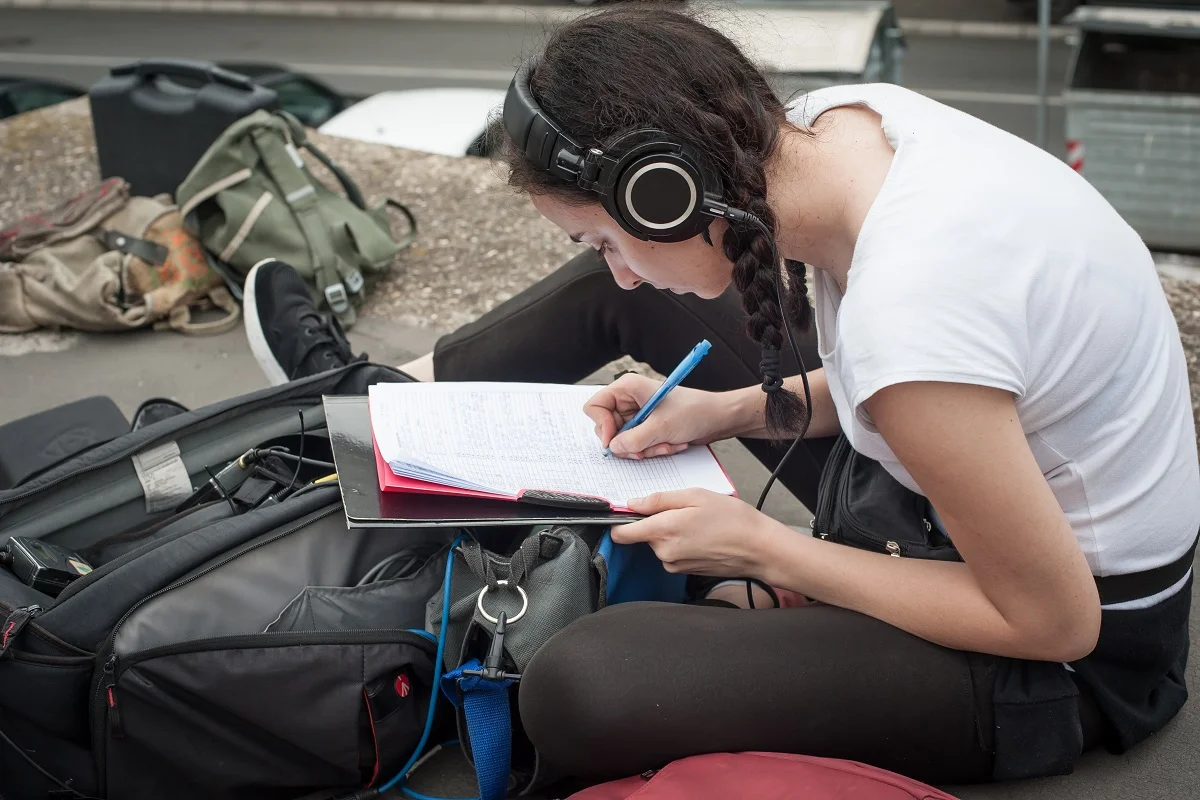Mastering Film Terminology: Your Path to Success in the Industry
If you’re pursuing a career in the film industry, it’s important to have a solid understanding of film terminology. Film terminology refers to the technical language used in the film industry to describe various aspects of filmmaking, from the equipment used to the techniques employed by filmmakers. In this article, we’ll explore some of the most important terms you need to know to succeed in the film industry.
Aspect Ratio
The aspect ratio in film refers to the ratio between the width and height of the image on screen. It plays a significant role in setting the visual aesthetic and narrative tone of the film. Common aspect ratios include 1.85:1 (widescreen), often used in American cinema, and 2.39:1 (Cinemascope), used for many epic or panoramic films. Different aspect ratios can alter the audience’s viewing experience by focusing attention, framing details, and influencing the overall mood and feel of the film.
Cinematography
Cinematography is the art and science of capturing moving images on celluloid film or, more commonly today, digital media. This encompasses a broad range of components including framing, camera angles, camera movement, lighting, film stock or sensor choice, and lens selection. The cinematographer, or Director of Photography, works closely with the director to bring the visual narrative to life, contributing greatly to the film’s storytelling, mood, and visual appeal.
Composition
In film, composition refers to the framing and arrangement of elements within each shot, whether they be actors, scenery, props, or lighting. Good composition aims to create a visually balanced, interesting, and engaging scene that supports the film’s narrative. Techniques like the rule of thirds, leading lines, symmetry, and depth of field are used to guide the viewer’s attention, create emotional impact, and enhance storytelling within the frame.
Continuity
Continuity in filmmaking refers to the visual and narrative consistency of a sequence or entire film. This involves ensuring elements such as costumes, props, lighting, and set design remain uniform from shot to shot, maintaining spatial awareness in scenes to avoid disrupting the viewer’s understanding of the scene’s layout, and managing narrative continuity so the storyline flows logically and seamlessly.
Coverage
Coverage is the process of capturing a scene from multiple angles and perspectives, providing a variety of shots that the editor can use to construct the final scene. More coverage offers the director greater flexibility in post-production, allowing them to better dictate pacing, emotional emphasis, and narrative focus. Coverage can include a broad spectrum of shot types, including wide shots, medium shots, close-ups, over-the-shoulder shots, and more.
Cut
A cut, one of the most fundamental aspects of film editing, is the instantaneous transition from one shot to another. Different types of cuts, such as match cuts, jump cuts, or cross cuts, can be employed to create various effects and can influence the rhythm, narrative, and visual impact of the film. The art of a good cut lies in its ability to guide the viewer’s attention and evoke emotions.
Dolly
A dolly is a crucial piece of film equipment used to achieve smooth and dynamic camera movements. A camera is mounted on a dolly, which is a wheeled platform or cart that moves along a track or on its own wheels. These movements can add depth to a shot, create drama, or follow an action, bringing viewers into the scene and offering a more immersive viewing experience.
Foley
Foley is a unique form of sound design in filmmaking, involving the reproduction of everyday sound effects that are added in post-production to enhance the audio quality of the film. Named after sound-effects artist Jack Foley, this process enhances the film’s realism and can include sounds such as footsteps, door creaks, glass breaking, or even the rustling of clothing.
Montage
A montage is a cinematic technique in which a series of short shots are edited into a sequence to condense space, time, and information. This can be used to show a journey, the passage of time, a character’s thought process, or a series of actions in a quick succession. Montages can be accompanied by music to set the mood or tone.
Zoom
Zoom is a camera technique where the focal length of the lens is adjusted to make the subject appear closer or further away in the frame, all without physically moving the camera. Zooming can dramatically change the viewer’s perception of a scene, either by focusing on a specific detail or by revealing a wider context. This technique is powerful in adjusting the viewer’s emotional connection with the scene.
Key Takeaways
- Understanding film terminology like aspect ratio, cinematography, and composition is fundamental for anyone interested in the film industry, as these concepts guide the visual aesthetics and narrative of a film.
- Aspect ratio significantly impacts the viewer’s experience and the storytelling, with different ratios often used to emphasize different elements within a film.
- Cinematography is both an art and science, encompassing a range of components such as framing, lighting, and lens selection, all of which are crucial in bringing a film’s visual narrative to life.
- Composition in film refers to the arrangement of elements within each shot. Effective composition techniques guide the viewer’s attention, create emotional impact, and enhance the storytelling.
- Consider taking the NYU Film and TV Industry Essentials online course and certificate program to further your education and career in the film industry.








